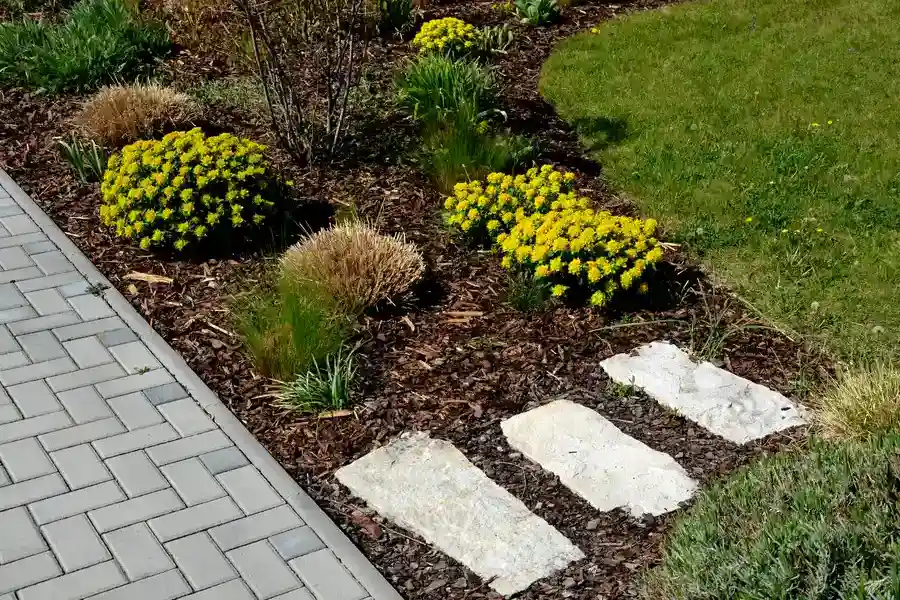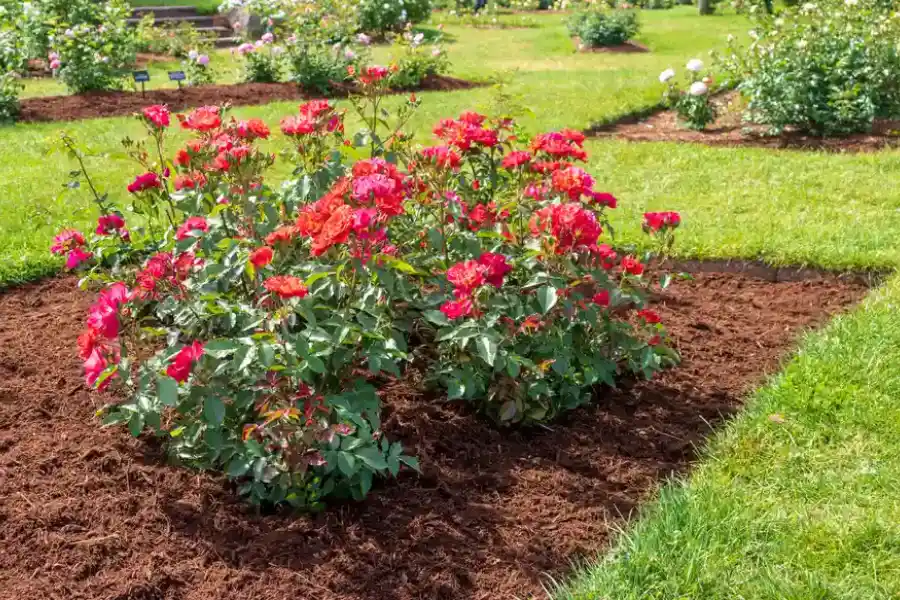Understanding the Role of Ground Cover in Garden Health
Gardens thrive when their environment is carefully managed. One way to regulate garden conditions is through effective ground cover techniques. Temperature swings can be harmful to plants, affecting growth and health. Therefore, understanding how to maintain stable temperatures is crucial for gardeners. From preventing soil erosion to conserving water, there are numerous methods to enhance garden resilience. Among these, using natural materials on your garden bed plays a vital role. Let’s explore why this practice is indispensable for temperature regulation.
The Importance of Soil Insulation
Gardeners often face challenges with temperature fluctuations that impact plant growth. This is where mulching becomes important. By placing a layer of organic material over the soil, you can help insulate it from extreme temperatures. This protective layer traps heat during cooler months and retains coolness when it’s hot, ensuring plants remain comfortable year-round.
Enhancing Moisture Retention
A key benefit of mulching is its ability to retain moisture within the soil. As temperatures rise, evaporation can leave plants dehydrated. Applying mulch reduces water loss by covering the soil surface, thereby maintaining moisture levels. This not only conserves water but also supports healthier plant growth.
Preventing Erosion and Soil Compaction
Soil erosion and compaction are major concerns for gardeners, especially after heavy rain or wind. Implementing mulching strategies helps mitigate these issues. The added layer of protection keeps the soil intact and prevents it from being compacted by foot traffic or rain impact, which encourages root growth and overall plant health.
Choosing the Right Materials
Selecting appropriate materials for ground cover is essential for maximizing benefits. Organic options like bark, leaves, or straw offer excellent results as they decompose, adding nutrients back into the soil. Inorganic alternatives such as stones or plastic sheeting might be less beneficial since they don’t break down naturally but can still provide coverage and temperature regulation in certain settings.
- Bark and wood chips add texture and nutrient-rich matter.
- Leaves and grass clippings offer cost-effective solutions.
- Straw provides an ideal option for vegetable gardens.
- Stones work well in ornamental landscapes.
Addressing Common Misconceptions
Some gardeners hesitate to use mulch due to misconceptions about attracting pests or promoting rot. However, when applied correctly and maintained properly, this method minimizes these risks. It’s crucial to keep material away from plant stems and ensure proper thickness to allow air circulation, thus preventing fungal growth.
Practical Application Tips
For effective implementation, start by clearing the area of weeds and debris. Next, spread your chosen material evenly across the garden bed at a depth of two to four inches. Be mindful not to pile too high against plant stems to avoid rot. Regularly refresh your layers as needed throughout the growing season to maintain optimal conditions.
Final Recommendations
Achieving a balanced garden environment requires thoughtful strategies like those discussed here. Whether you’re dealing with scorching summers or chilly winters, using natural covers effectively manages temperature extremes, moisture retention, and soil protection. Consider applying these practices today to cultivate a thriving space. To learn more or receive personalized advice, contact Lion Tree Service and Landscaping LLC at (843) 442-6373. Based in Bowman, SC, I specialize in helping gardens flourish through expert care and attention.

